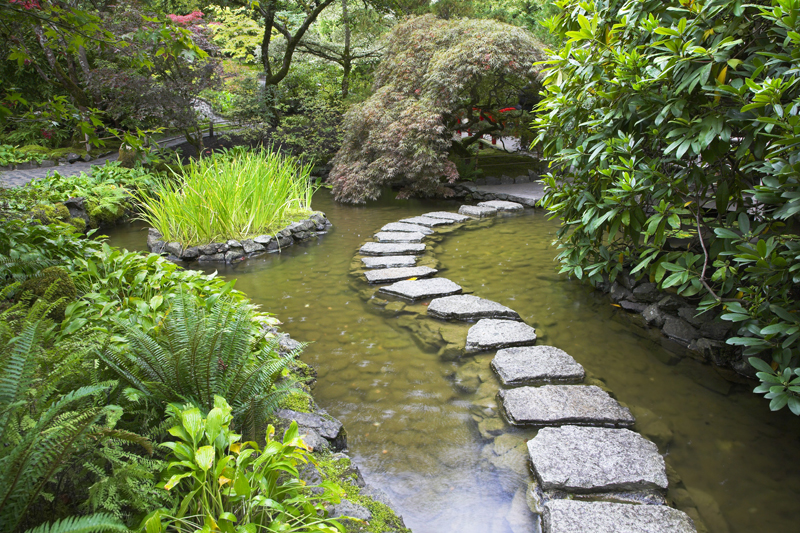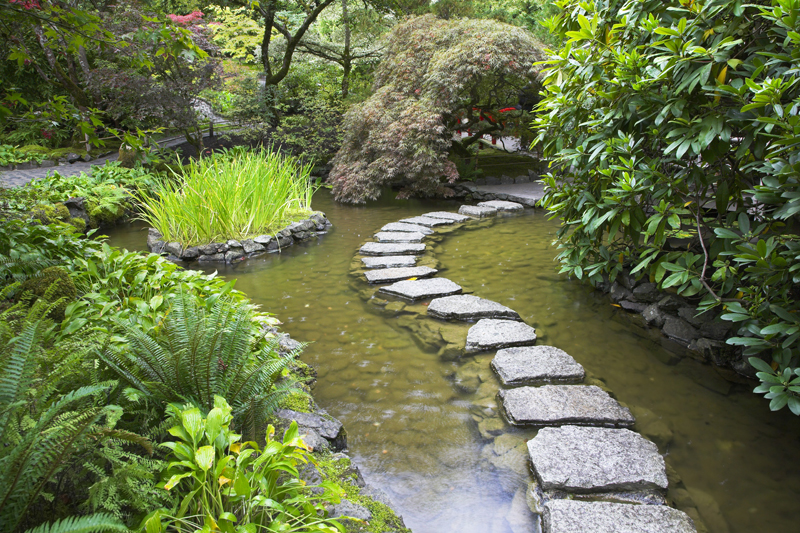Leland Cypress

Leyland cypress is a fast growing conifer that is widely used for screens and hedges. This fertile, natural hybrid originated in 1888 at the Leighton Hall estate In Montgomeryshire, Welshpool, Wales.
This natural hybrid came into existence when two North American conifers were planted close enough together that cross pollination naturally occurred. This would never have occurred in their original homeland (America) because the two parent trees were geographically too far apart for such accidental hybridization to occur.
What I find most interesting about Leyland cypress is that the two parent plants hybridized multiple times over the years.
Description of Leyland Cypress
Leyland cypress is an absolutely stunning, graceful conifer that can reach 100 feet in height with good growing conditions in Britain. In America, it is usually 60 to 70 feet tall.
The tree is narrowly conical to columnar or pyramidal. The scaly fissured bark is brownish red. This tree has branches all the way to the ground. The branchlets
and twigs have fan-like growths in the upper portion of the plant. The flat branchlets are feathery and spray-like, almost four sided.
The small scale-like foliage is feathery-like, and is densely packed on the branchlets. It is green to blue-green on both sides.
The leaves pretty much resemble the foliage of Nootka cypress, one of the parents. However, the foliage isn’t quite as fragrant when crushed as that of Nootka cypress.
The female blossoms are green, and are hardly noticeable. The male flowers are yellow and are rarely present.
For the most part, the cones of this tree are also rare. The round, brown cones are small, perhaps ½ inch or so in diameter, are located at the tips of the branches.
They appear more nut-like than the cones of most conifers. These mature in the fall of the same year the blooms appear.
Growing Leyland Cypress
Leyland cypress is suited to zones 6 through 10. It is possibly hardy to zone 5. This is very fast growing, particularly when young. It can grow 3 to 4 feet tall in a single year when growing conditions are good..
This plant is easy to grow. I didn’t find it needed any special care.
In fact, Leyland cypress is the fastest growing conifer in Britain. It can reach 100 feet in height within sixty years or so.
The plant is used for screens, hedges, windbreaks, specimen plants, accent plants, and mass plantings. This is also grown as a Christmas tree because the plant retains its needles well as a cut tree.
This transplants best if container grown plants are used. It adapts to most soil types provided they aren’t very dry or very wet. It does fine in rocky soils.
However, the tree doesn’t do well in very alkaline soil. On the other hand, Leyland cypress does fine in poor soils. It is tolerant of salt spray.
Leyland cypress needs full sun to light shade (75% of full sun). The only known pest and disease problems are borers and mites.
The tree was discovered in 1888. So it hasn’t been grown long enough to determine its suitability for all regions. Experts report that for the first 75 years, it wasn’t widely grown in North America.
However, that will eventually change because it is increasingly being grown in the Southeast, especially for screens.
Leyland cypress rarely needs pruning. However, this can be sheared. It tolerates heavy pruning when grown as screens and hedges.
A number of forms or varieties of Leyland cypress are available. About forty of these are believed to exist. One of the differences from one to another appears to be the leaf color. In some of these, the leaf color can vary from yellow or blue-green to gray-green. One with white variegation on the leaves. Propagation is by cuttings.
This natural hybrid came into existence when two North American conifers were planted close enough together that cross pollination naturally occurred. This would never have occurred in their original homeland (America) because the two parent trees were geographically too far apart for such accidental hybridization to occur.
What I find most interesting about Leyland cypress is that the two parent plants hybridized multiple times over the years.
Description of Leyland Cypress
Leyland cypress is an absolutely stunning, graceful conifer that can reach 100 feet in height with good growing conditions in Britain. In America, it is usually 60 to 70 feet tall.
The tree is narrowly conical to columnar or pyramidal. The scaly fissured bark is brownish red. This tree has branches all the way to the ground. The branchlets
and twigs have fan-like growths in the upper portion of the plant. The flat branchlets are feathery and spray-like, almost four sided.
The small scale-like foliage is feathery-like, and is densely packed on the branchlets. It is green to blue-green on both sides.
The leaves pretty much resemble the foliage of Nootka cypress, one of the parents. However, the foliage isn’t quite as fragrant when crushed as that of Nootka cypress.
The female blossoms are green, and are hardly noticeable. The male flowers are yellow and are rarely present.
For the most part, the cones of this tree are also rare. The round, brown cones are small, perhaps ½ inch or so in diameter, are located at the tips of the branches.
They appear more nut-like than the cones of most conifers. These mature in the fall of the same year the blooms appear.
Growing Leyland Cypress
Leyland cypress is suited to zones 6 through 10. It is possibly hardy to zone 5. This is very fast growing, particularly when young. It can grow 3 to 4 feet tall in a single year when growing conditions are good..
This plant is easy to grow. I didn’t find it needed any special care.
In fact, Leyland cypress is the fastest growing conifer in Britain. It can reach 100 feet in height within sixty years or so.
The plant is used for screens, hedges, windbreaks, specimen plants, accent plants, and mass plantings. This is also grown as a Christmas tree because the plant retains its needles well as a cut tree.
This transplants best if container grown plants are used. It adapts to most soil types provided they aren’t very dry or very wet. It does fine in rocky soils.
However, the tree doesn’t do well in very alkaline soil. On the other hand, Leyland cypress does fine in poor soils. It is tolerant of salt spray.
Leyland cypress needs full sun to light shade (75% of full sun). The only known pest and disease problems are borers and mites.
The tree was discovered in 1888. So it hasn’t been grown long enough to determine its suitability for all regions. Experts report that for the first 75 years, it wasn’t widely grown in North America.
However, that will eventually change because it is increasingly being grown in the Southeast, especially for screens.
Leyland cypress rarely needs pruning. However, this can be sheared. It tolerates heavy pruning when grown as screens and hedges.
A number of forms or varieties of Leyland cypress are available. About forty of these are believed to exist. One of the differences from one to another appears to be the leaf color. In some of these, the leaf color can vary from yellow or blue-green to gray-green. One with white variegation on the leaves. Propagation is by cuttings.

Related Articles
Editor's Picks Articles
Top Ten Articles
Previous Features
Site Map
Content copyright © 2023 by Connie Krochmal. All rights reserved.
This content was written by Connie Krochmal. If you wish to use this content in any manner, you need written permission. Contact Connie Krochmal for details.



